
The Best Homestay in Rajasthan and seventh best in India - TripAdvisor rating of 2021.
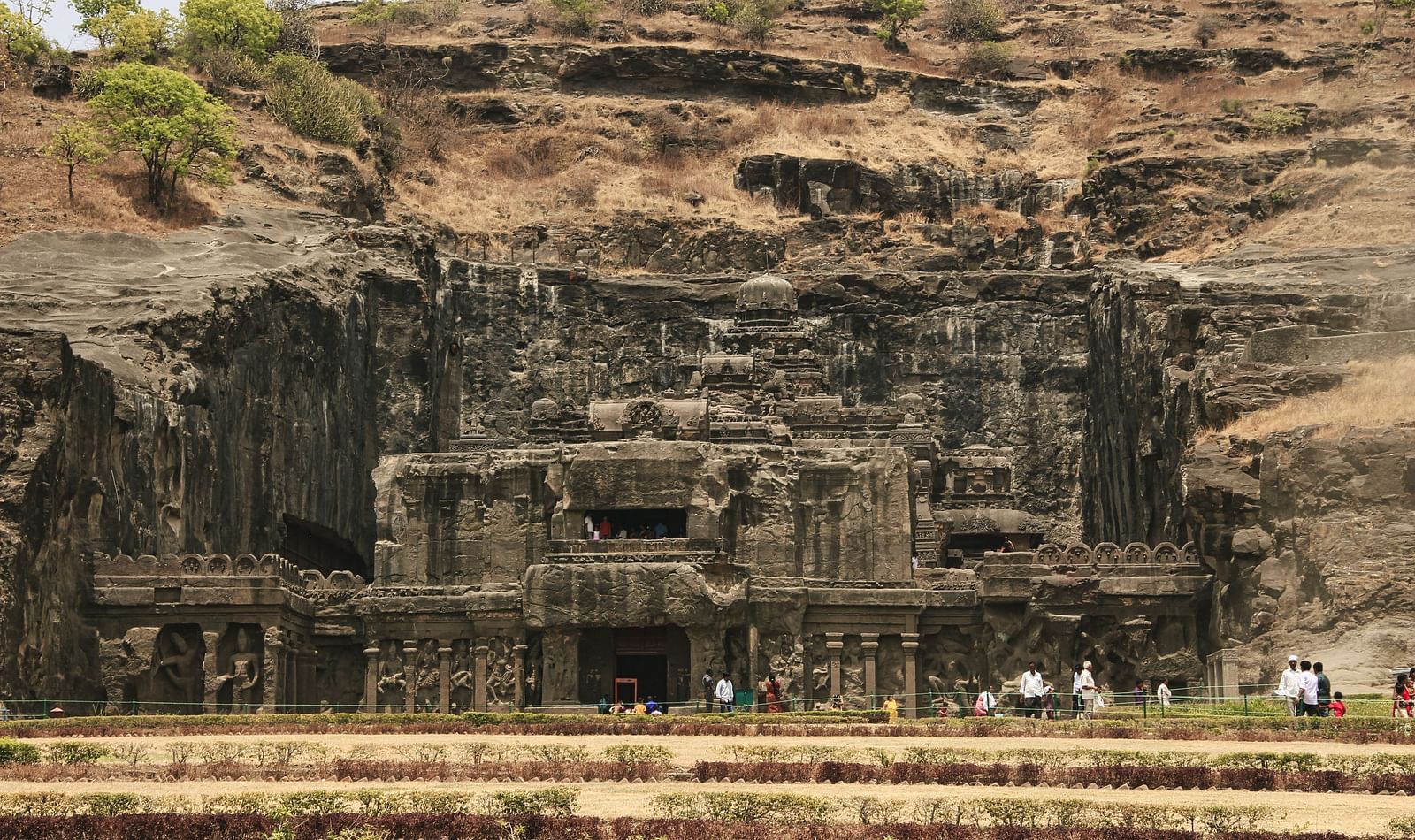
DEOGARH MINIATURE PAINTING
Miniature paintings from Rajasthan are some of the most exquisite art forms India has. This form of painting developed across this region in medieval times, and although generically referred to as "Rajput miniatures", this style shows great diversity depending on geography and time period.
Rajasthan was a hotbed of political and military activity during medieval times, and as a result, a number of states emerged, most of them establishing artistic ateliers in their courts. A wide range of subjects were depicted in these paintings including, portraits, hunting scenes, court scenes, religious festivals, erotic art and paintings depicting Gods and Goddesses.
Based on geography alone the paintings were divided into four broad groups: the paintings of Marwar, Mewar, Hadoti and Dhundar. The skill and prominence were dictated by the resources available to these artists and the interest and patronage that the Rulers provided. Mewar, one of the most prolific regions of artistic activity had paintings from Deogarh, Pratapgarh, Nathdwara and Mewar. The art which emerged here is characterized by emotional appeal and bright colours.
Deogarh is a small town 125 km from Udaipur, where a distinctive style of miniature painting emerged in the 18th and 19th centuries. Rawat Gokul Dasji was one of the most significant patrons of the Deogarh style of painting.
The art of Deogarh reflects a strong Mewar influence with the use of yellow and green as well as bold and elegant lines. One can see themes like portraits, hunting scenes, darbar or court scenes and even themes of Lord Krishna with his consort Radha.
Deogarh has produced some prominent artists whose work is still significant today. In its early phase artists like Bagta( active in Deogarh around 1769-1820)and Chokha were at the forefront, and in the later phase, Baijnath (1800-1845), the son of Chokha, occupied a prominent place. One can see the influences of the Nathdwara and Jaipur styles in the art of Baijnath. The art of Deogarh is especially distinct because the artists have mirrored their natural surroundings in their paintings.
My Father, Rawat Nahar Singh II along with his friend Milo Cleveland Beach researched the current day status of the Deogarh paintings around the World and studied the inscriptions at the back of these paintings. The research is documented in his book 'Bagta and Chokha, Master Artists at Devgarh" and prints adorn the walls of the Dev Shree drawing room.
The paintings of Nathdwara are well-balanced and use deep colours like blue extensively. The image of Krishna lifting Mount Goverdhan is one of the most significant images of Nathdwara art. In this school, depictions of human figures usually follow a set pattern, the women are elderly, the men robust and heavily built, and Krishna's playmates are sportive and emotional. The Pushtimarg ( path of grace) paintings became extremely popular in the 19th and 20th centuries, making Nathdwara paintings a continuing living tradition.
The States of Mewar have vanished but they have left with us a rich and significant artistic collection. The art from Mewar is rich and expressive and many of the artistic traditions established hundreds of years ago are still thriving.
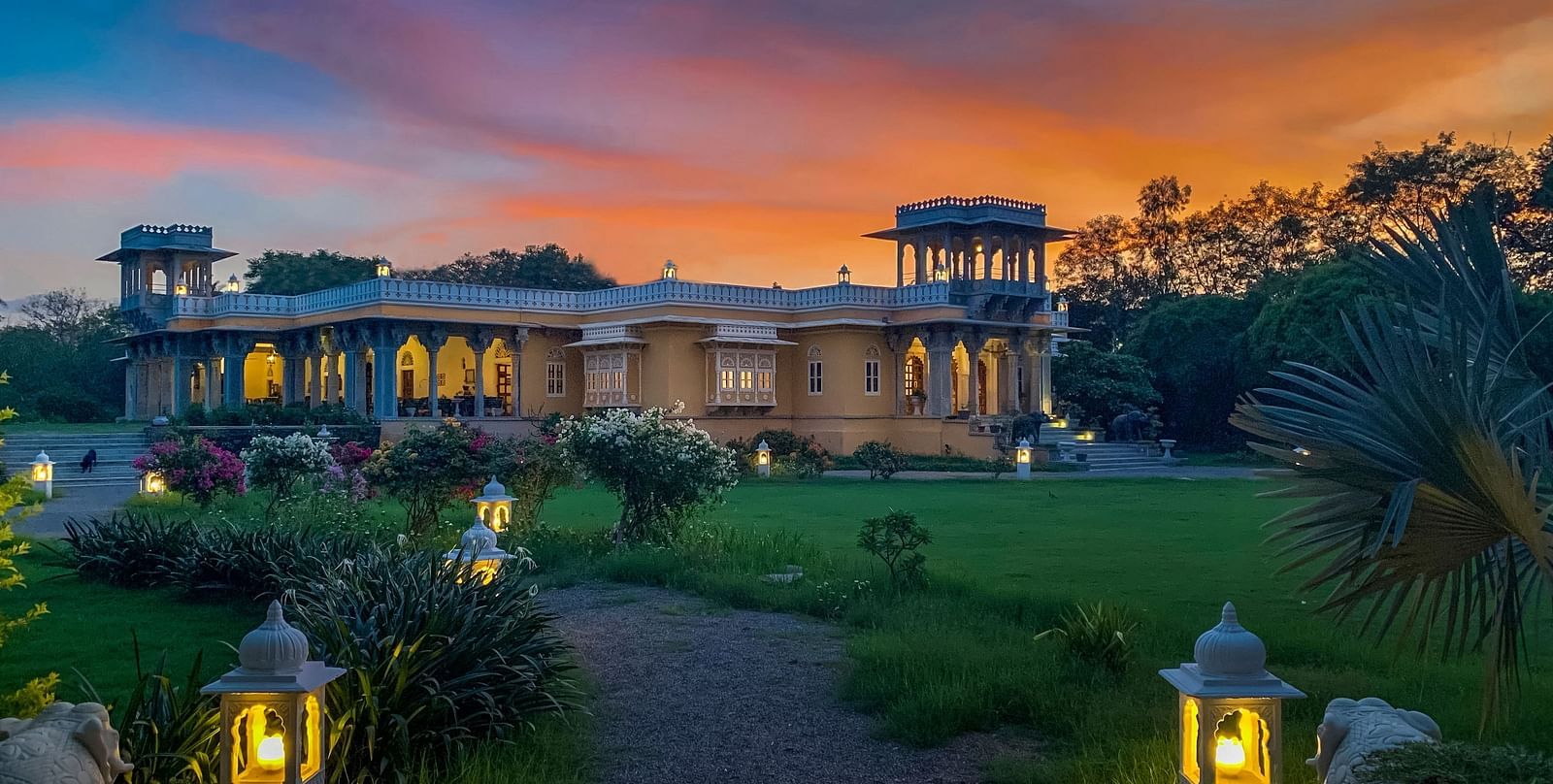
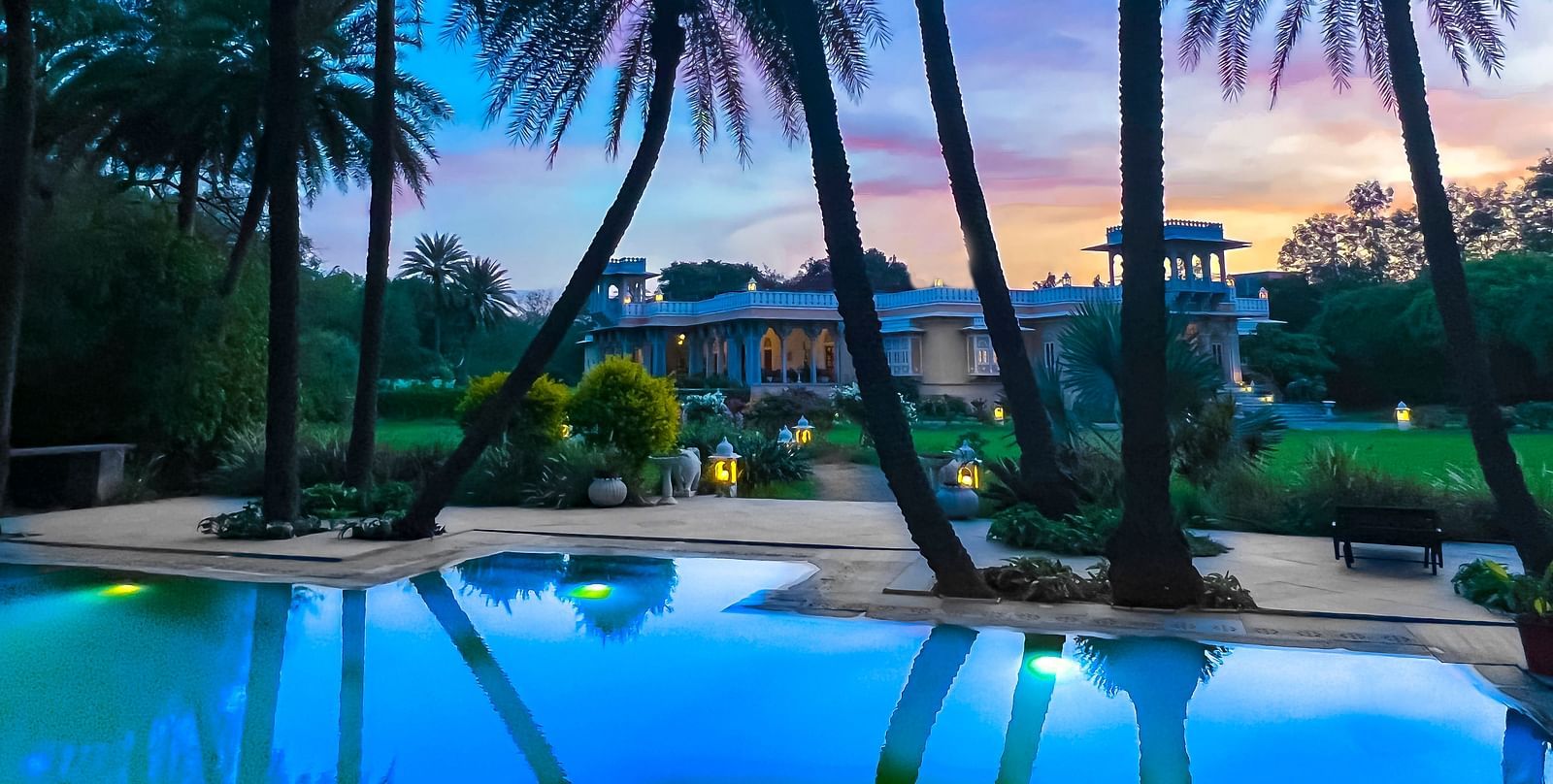
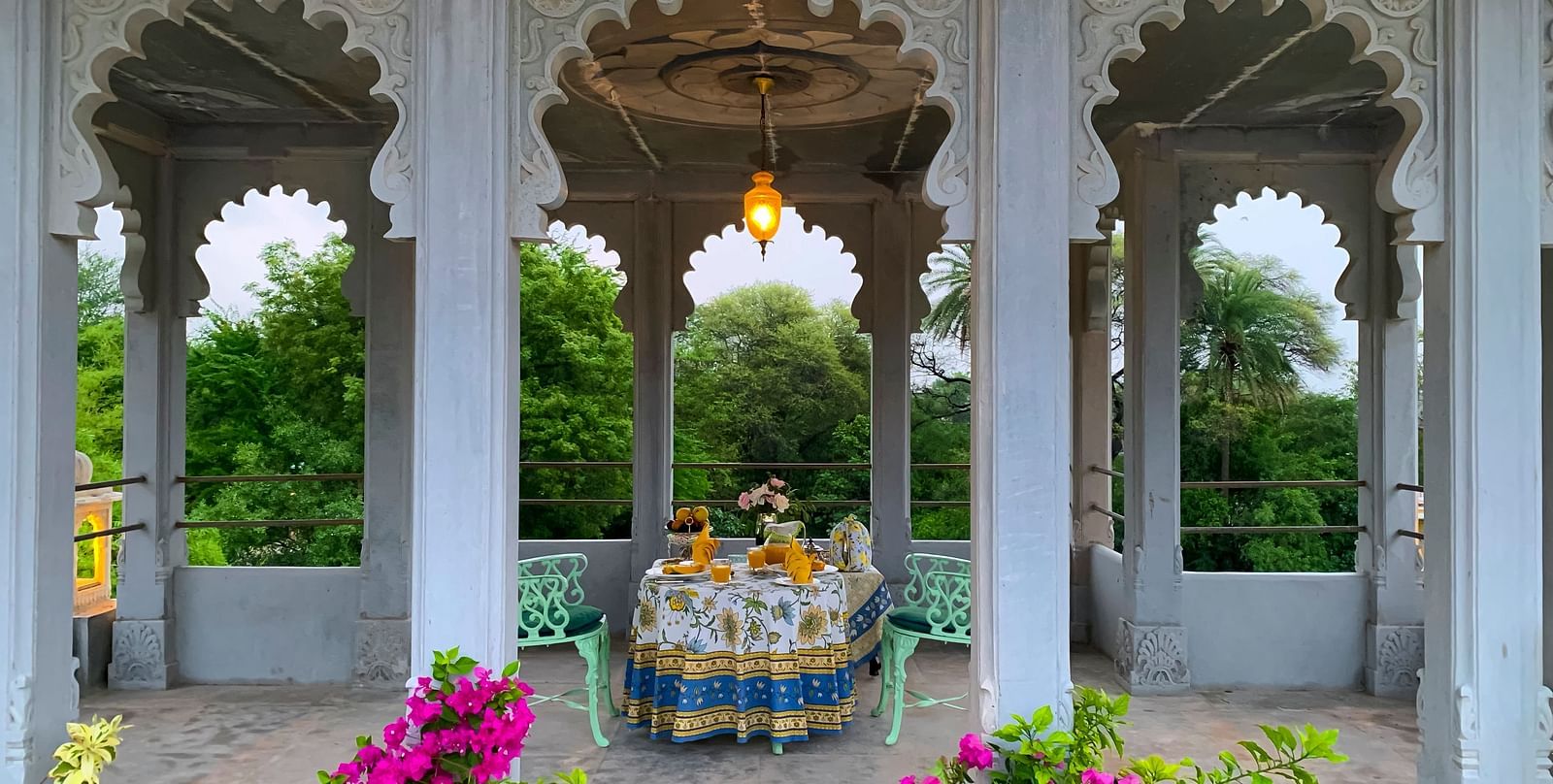
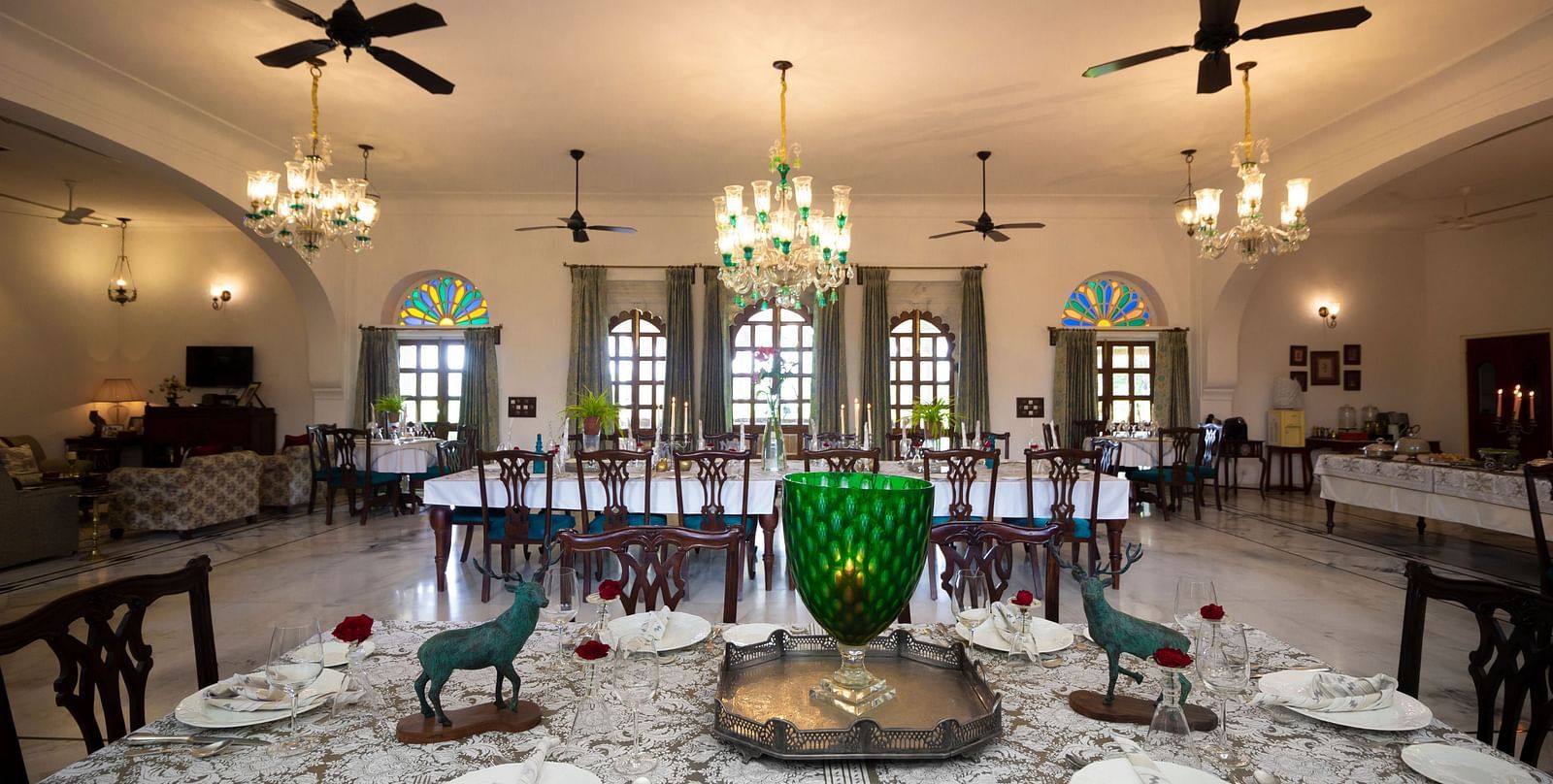
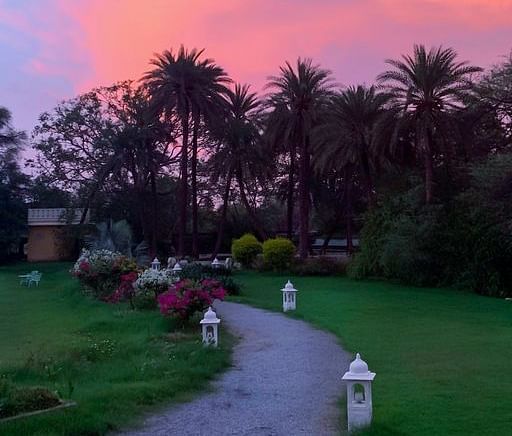
NEWSLETTER
Join our mailing list. Never miss an update!
